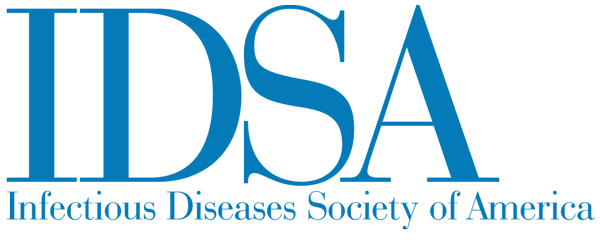New tools use span of routine health data
Facebook Twitter LinkedIn EmailThe following is a guest post by Jim Thomas and Mamadou Alimou Barry of MEASURE Evaluation When routine data are lacking, or are not used, the results can be lower-quality services, weak infection prevention and control responses, lack of skilled health workers available where they are needed, and weak supply chains for drugs and equipment. Poor data or a lack of data will ultimately contribute to poor planning, policies, and resource allocation in the health sector. These factors contribute to poor health outcomes for people.  Mamadou Alimou Barry
Mamadou Alimou Barry
To contribute to improved health, a new series of tools looks at multiple aspects of routine health information systems —data quality, use of information, and technical, organizational, and behavioral aspects of RHIS performance. With USAID’s support, MEASURE Evaluation has revised the Performance of Routine Information Systems Management (PRISM) tools to help countries identify gaps in their routine health information system. This new, more comprehensive PRISM Series is useful for designing, strengthening, and evaluating routine health information performance and developing a plan to put the results of a PRISM assessment into action to support evidence-based decisions in the health sector. A holistic action plan to address the multiple factors that affect routine health information system performance needs to include technical interventions, organizational interventions that focus on the setting where people work, and behavioral interventions targeting the human resources needed to implement the action plan. The PRISM framework 2009 version was developed by MEASURE Evaluation for global use in assessing routine health information performance, whether at public, private, or community-level health facilities and institutions. The new PRISM series supports this and more—it covers more routine health information issues, addresses user needs more effectively, and is more tailored to context and system levels where it is implemented. We also added new components. While improving all the PRISM tools during the revision based on experiences and lessons learned during implementation, we added an electronic tool to assess both the functionality of the data management platform and its usability by end users. The revised tool also, for example, addresses capacity for data management and visualization, data use, and staff incentives and motivation. It also integrates part of a data quality review into the diagnostic tool, which can now be used for harmonizing the data quality approach within PRISM. Jim Thomas is project director of MEASURE Evaluation at the University of North Carolina at Chapel Hill and Mamadou Alimou Barry is senior health information systems analyst, MEASURE Evaluation, John Snow, Inc., and contributed to revision of PRISM, including applying components at the country level. MEASURE Evaluation, funded by the United States Agency for International Development, strengthens the collection, analysis, and use of these health data for the delivery of high-quality health services. Visit www.measureevaluation.org



